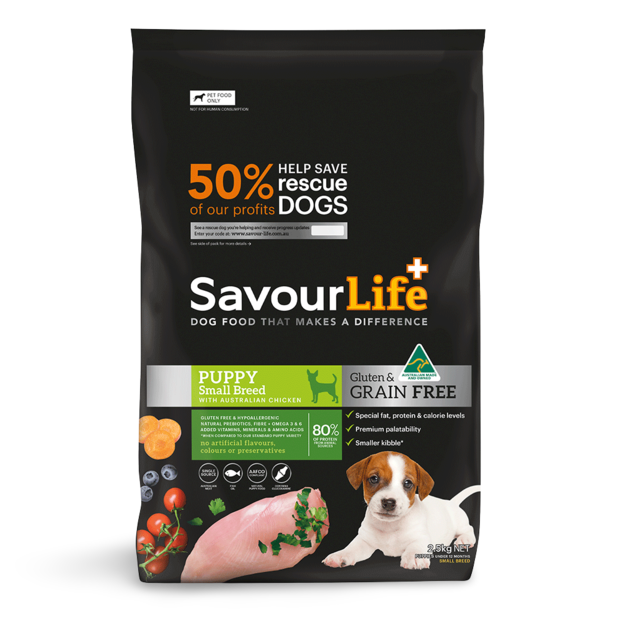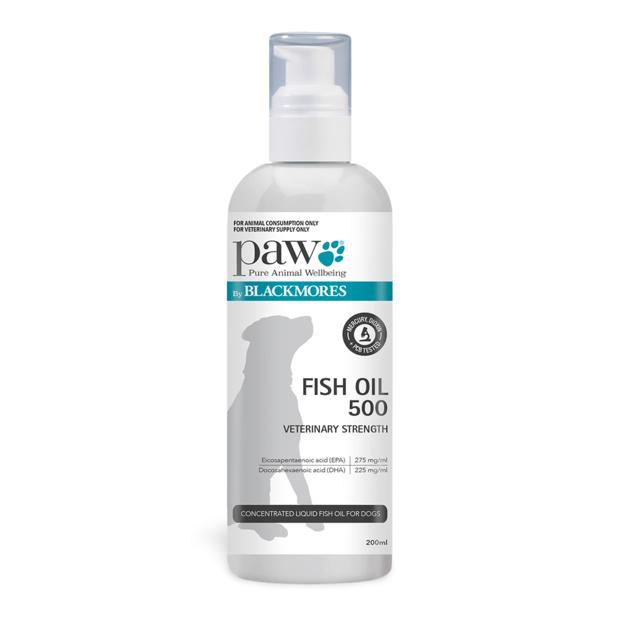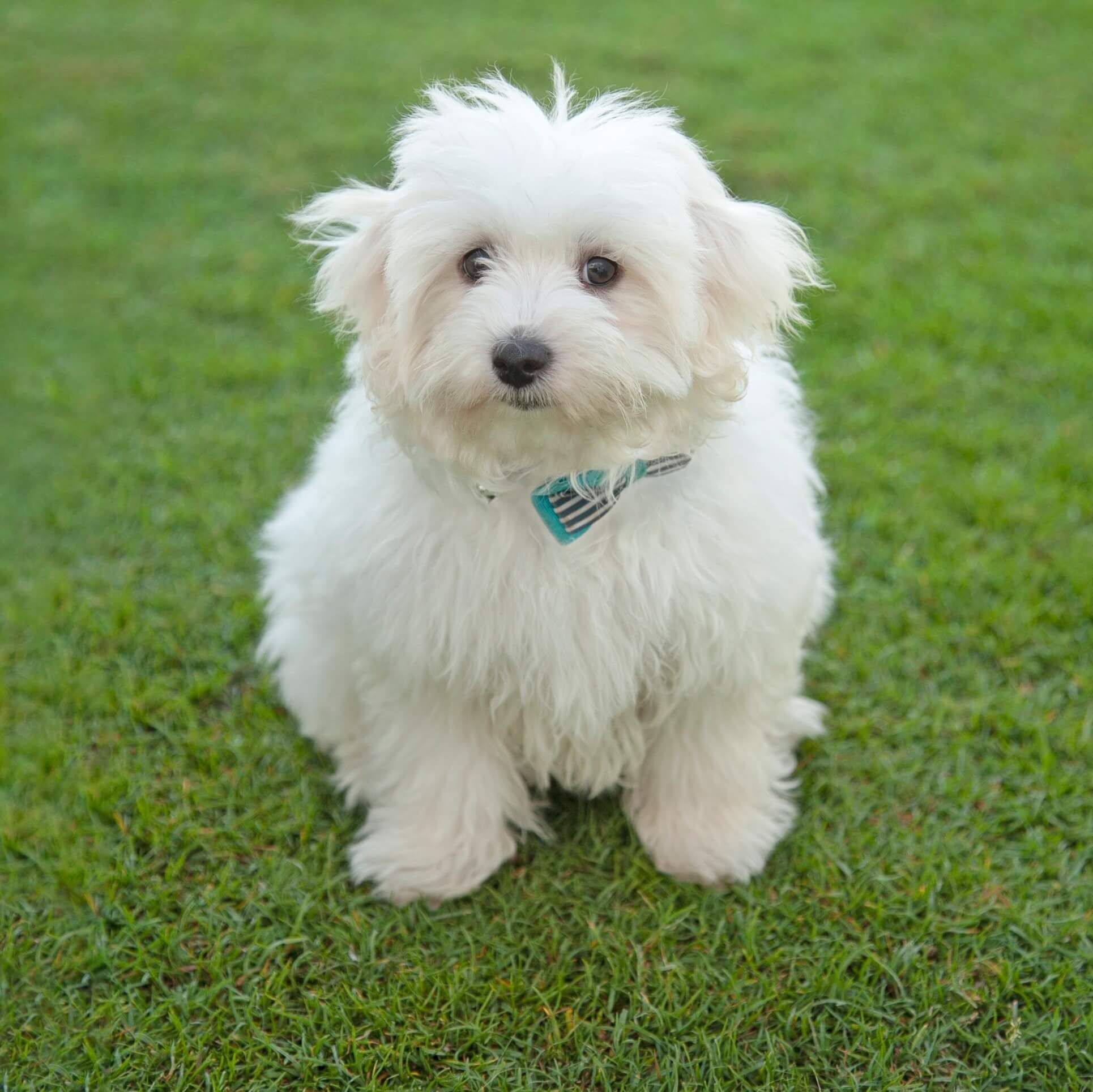Papillon
A complete breed guide for Papillon dogs
This article is written by Pet Circle veterinarian,
The Papillon earns its name from its pricked ears with long silky fringes that resemble a butterfly. The drop eared type of this breed is called Phalene which means moth. A much beloved companion of the aristocracy for centuries, this dainty little dog will bond strongly with their human and animal family. Their elegant appearance can be deceptive - they are surprising robust for their size and excel at the demanding sport of agility.
Find all your Papillon essentials including toys, treats, collars harnesses and more in our Small Breed Dog Shop.
Contents:
Facts About the Papillon

| Breed size: | Place of origin: | Intelligence: |
| Small | Europe | High |
| Breed group: | Energy level: | Weight range: |
| Toy | Medium | Male: 3.6 to 4.5 kg Female 3.2 to 4.1 kg |
| Life expectancy: | Tendency to bark: | Height range: |
| 13 - 14 years | Medium | 20.3 - 28 cm |
| Drool factor: | Coat type: | Colours: |
| Low | Long, fine and silky | White with patches which may be any colour except liver |
| Shedding factor: | Easy of training: | Overall grooming needs: |
| Medium | High | Low |
How big do Papillons get?
Papillons are a toy breed and generally weigh between 3 and 4 kg. Papillons grow to between 23 and 28 cm tall (shoulder height).
How much does a Papillon cost?
Papillon puppies vary in price depending on the breeder. However, most Papillon puppies cost from $3,000- $4,000. Of course, as with any breed, it is cheaper to adopt an adult dog from a rescue.
Are Papillons good pets?
Papillons are delightful pets and are an excellent choice for elderly owners or families with limited space. They love to play and will learn tricks very easily.
How long do Papillons live?
Papillons usually live for 13 to 14 years. As with any breed, they will live much longer if you take good care of them, never let them become overweight and keep their teeth in top condition!
How do I choose a Papillon breeder?
When looking for a Papillon, your options are to: a) adopt from a rescue (this is our top recommendation!) b) buy from an online marketplace or pet store (NOT recommended!), or c) Research a reputable breeder. Never purchase a puppy without inspecting the breeder's premises and asking the 10 Breeder Checklist Questions first. Good breeders socialise their animals, house them humanely, allow you to inspect their premises, and selectively breed healthy traits and good temperaments. Read our Guide to Finding a Good Breeder for more tips.
Papillon History

Source: Caratoots
In the 16th century European aristocracy loved to create miniature versions of their favourite breeds to keep as lap dogs. The Papillon was developed by crossing the very popular spaniels with various toy breeds that existed at this time to make a "toy spaniel". The Papillon's spaniel heritage is often thought to be the reason why they are one of the most good natured and athletic of the toy breeds.
Madame de Pompadour, Louis XIV, and Marie Antoinette owned Papillons so it is no surprise that they are featured in masterpieces by Rubens, Rembrandt, Goya, and Toulouse-Lautrec.
Despite their french name, the Papillon breed was developed and standardised in Italy and Spain and the first Papillons arrived in Australia in 1949.
Papillon Personality

Papillon are friendly, outgoing dogs who thrive on companionship whether it be human or animal. Papillons are ideal indoor pets and suit older owners as they are just as happy playing a lively game of fetch as they are having a cuddle on the couch. They also suit families with children, however, as with any dog, very young children must be supervised when handling Papillons as they have a fine frame and can be easily injured. Early socialisation is important and obedience classes will set your Papillon on the road to be a perfect companion for life!
Best Toys for Papillons
Papillons love to play with their humans so fetch toys are ideal. Squeaker toys are also a big hit with Papillons which is no surprise given their hunting dog ancestry.

This ball is embedded with a natural beef scent for chewing, floats for beach and pool play and has an internal squeaker - what more could a Papillon want!

With an everlasting peppermint flavour, ridges and grooves to help remove tartar and a unique shape to aid oral hygiene, this toy is a great addition to your Papillon's dental health care regime.
Paws for Life Hide and Seek Tree Friends

Keep your Papillon entertained and happy with this fun, interactive Hide and Seek Tree Friends toy. Featuring 3 little teddies and a soft, plush tree stump, your dog will love retrieving the woodland creatures from inside their home.
West Paw Toppl Treat Dispenser

The Toppl is a sturdy, durable and squishy treat-dispensing dog toy that's not only gentle on teeth, but also entertaining and beginner-friendly enough for all dogs to enjoy.
Can't decide? Why not let us pick for you with the Curious Box? Each Curious Box contains a selection of two to three engaging toys (and treats!) Even better, the theme changes every 6 weeks, making it the perfect way to keep your pet's supply of toys and treats fresh, fun, and varied for mental stimulation!
Papillon Diet and Nutrition
Shop all small breed dog food now
Papillon puppies
Some points to note about Papillon puppy ownership include:
⢠Food: Papillon puppies should eat a premium, small breed formula such as Advance Small Puppy until they are 8 months of age.
⢠Behaviour: Papillon puppies have fantastic personalities but do like to chew and destroy things, just like any puppy! Puppy proofing your house is essential. Remove any easy-to-reach toxins or electrical cords, and provide plenty of toys! For more information on puppy behaviour, take a look at our Puppy Training Guide.
⢠Worming: Papillon puppies need to be wormed fortnightly from the age of 2-12 weeks, and then once per month after this. In Australia, Papillon puppies also require heartworm protection. You may wish to get a heartworm injection yearly at your vet, or you can simply give a monthly treatment such as Nexgard Spectra, Simparica Trio, or Credelio Plus.
For more helpful information on worming, training socialisation and nutrition, consult our vet-written Complete New Puppy Guide.
What to feed a Papillon Puppy
Papillon puppies need to eat a premium diet that is nutritionally formulated to meet AAFCO Guidelines until they are 8 months of age. You may consider a Rotation Diet to provide exposure to different proteins and reduce the risk of food sensitivities.
Raw diets for Papillons? Raw diets are not suitable or safe for Papillon puppies due to the risk of bacterial contamination upsetting their tummies, and an unbalanced diet can lead to nutritional deficiencies. Read more about Raw Diets: The Risks and Benefits.
When should you transition a Papillon from puppy to adult food?
As a general guide, Papillons can usually be transitioned from a 'puppy' food to an 'adult' food at around 8 months of age. This does, however, vary depending on your dog's body condition score - if your pup is underweight, they may require puppy food for a little longer. Likewise, if they're starting to show a bit of 'pudge', it may be time for a lower-in-calories 'Adult' diet.
To find out whether your pup is ready to transition to an adult diet, take a look at our Body Condition Assessment Charts, or ask our Vet Squad for further advice.
Best Food for Papillon Puppies

Hills Science Diet Small Paws Puppy dry food is tailored nutrition for the developmental needs of Small & Mini puppies, so they get the best start in life & grow to their full potential. Specially made with nibble size kibble.
Royal Canin Mini Puppy Pouches

This premium quality wet food is tailored to meet the unique energy needs of small and miniature breed puppies. It is enhanced with a combination of antioxidants and vitamin E to support immunity, alongside nutrients to promote healthy gut bacteria and support good digestive health.
Savourlife Grain Free Small Breed Puppy

This is a holistic, natural, gluten free, Australian-made formulation, bursting at the seams with natural superfoods, single-source Australian meats as well as vitamins, minerals, prebiotics and amino acids.

This premium Australian wet food is fortified with beneficial nutrients including antioxidants to help strengthen the immune system, high levels of omega 3 fatty acids, zinc and linoleic acid to improve skin and coat condition.
Best food for adult Papillons
Papillons need to be kept trim, taut and terrific as they can be prone to becoming overweight. Like all small breed dogs, they are also prone to dental disease so a diet that has the appropriate energy level and dental care ingredients is ideal.
Advance Triple Action Dental Care

This super premium, Australian-made, dry dog food is complete and balanced to support the nutritional requirements and dental health of adult toy and small breed dogs.

This pet food is made with easy-to-digest ingredients that are specially formulated for a little dog's stomach. The small kibble is suited for a little canine mouth, with high-quality protein for lean muscle maintenance, plus nourishing omega-6s and vitamin E to promote healthy skin and a healthy coat.

Royal Canin Mini Adult is enriched with omega 3 and 6 fatty acids to support healthy skin and a shiny coat, and also contains nutrients to bind salivary calcium which helps to reduce dental tartar formation for good oral health.

Wellness CORE Savoury Medleys are made with tasty cuts of real meat plus whole vegetables in a delicious sauce.Savoury Medleys are conveniently portioned for your small dogs consumption.
For more information, take a read through our guide to the Best Food for Small Dogs.
Papillon Health Issues

Papillons are generally a healthy breed with few concerns; however, they are prone to some health conditions.
Patellar Luxation
The patella is the kneecap and luxation is where the patella dislocates out of place to one side, usually momentarily. This can be very uncomfortable, and the severity is assessed in stages based on degree of luxation and how easily the kneecap slips back into place. Advanced stage luxation often requires surgery.
To find out more, take a read through our article on Luxating Patellas in Dogs.
Open Fontanelle
An open fontanelle is a condition similar to the soft spot of a human baby's skull and normally closes around 9-12 weeks of age, but in some dogs, it can persist to adulthood.
Dental Disease
Like all other toy breeds, Papillons require regular at-home dental care as well as routine dental cleanings to prevent periodontal disease.
Progressive retinal atrophy
Night vision is lost in the early stages of the disease, and day vision is lost as the disease progresses. Many dogs adapt to the loss of vision well, as long as their environment stays the same.
For more information about caring for a dog with vision loss, take a look at our 7 tips for living with a blind dog.
Top health recommendations for Papillon
Paw Veterinary Strength Fish Oil

This liquid supplement may aid in the treatment of allergic and inflammatory skin conditions in dogs. It is a rich source of the omega 3 fatty acids, EPA and DHA.

Otoflush helps to remove wax and exudate build up from the ears of dogs to help improve penetration and effectiveness of prescribed ear medication.

4cyte Canine is an oral joint support supplement containing Epiitalis, a unique plant oil extract, combined with marine concentrates including green lipped mussel, shark cartilage and abalone.

Formulated with tryptophan, B vitamins and a blend of multivitamins and nutrients.Tryptophan is a compound that has been demonstrated to help dogs with territorial aggression, dominance aggression, or general anxiety caused by travel or separation from owners.
Related Breeds
Cavalier King Charles Spaniel

This is a happy, gentle, and endlessly loving dog. They adore their family and will share their distinct brand of 'cavvy love' with anyone and everyone they meet. Originally bred as a companion dog by the royal courts of England, the Cavalier has unfortunately endured selective breeding for hundreds of years and is consequently predisposed to many health concerns.
Coton de Tulear

This breed of small dogs is named for the city of Tulear (also known as Toliara) in Madagascar. Their name gives a clue to their appearance as they resemble a cotton ball with very long soft hair and short legs. They are a playful, affectionate, intelligent breed that loves to run and swim.
Pomeranian

Sparkling with personality and energy, these dainty little dogs are the hardiest of all the toy breeds. Pomeranians are considered to be a miniature German Spitz. They are very intelligent and make excellent watch dogs - they are always on the alert when a stranger comes to knock on the door!
Pomeranians are easily distinguished by their luscious double coat and the extra fluff of hair surrounding their neck and chest. They are known for their foxy faces and pricked ears. Their bodies are square with a feathery tail that curls up over their backs.
Maltese

The tiny, sassy Maltese is known for keeping their puppy-like personality and looks throughout their life. With non-shedding fur and a teeny stature, the Maltese is a pamper-loving pooch and perfectly suited to living indoors alongside their humans. One of the oldest and most popular dog breeds worldwide, the Maltese's role has always been that of a companion.
Further reading

Want to know more? Check out our Discover Page for more tips from our expert vets on keeping your pets happy and healthy.
























